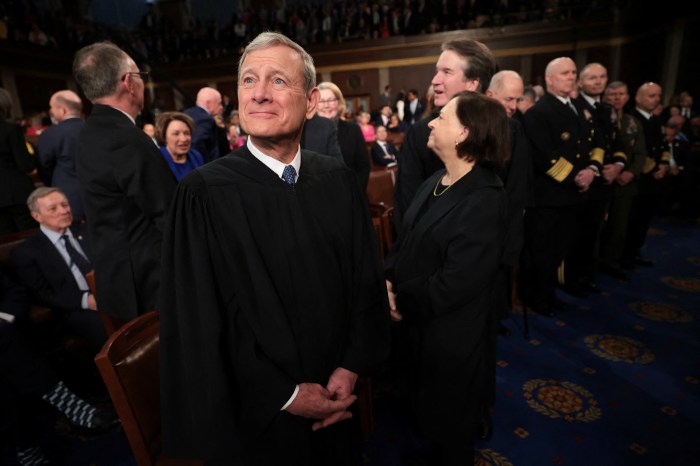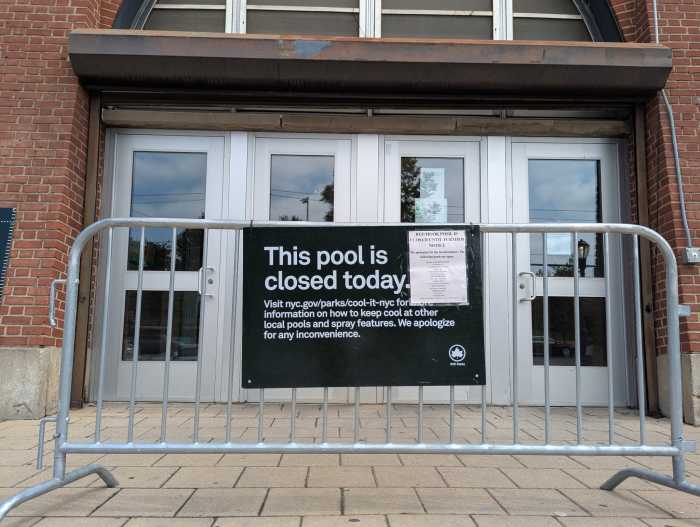US District Judge Roy K. Altman has dismissed a lawsuit challenging Florida’s “Fairness in Women’s Sports Act,” which bans transgender girls and women from competing in interscholastic, intercollegiate, intramural, or club athletics teams or sports sponsored by public schools that have been designated by the school as for women only.
The Fairness Act requires that all sports be designated as either for men, for women, or mixed. The Act does not prohibit transgender women from competing in sports designated for men, because under the Act transgender women are deemed to be “biological men” in accordance with their original birth certificates.
The Nov. 6 decision by Judge Altman of the US District Court for the Southern District of Florida relies heavily on a recent Atlanta-based 11th Circuit Court of Appeals ruling that allows a Florida school district to prohibit a transgender boy from using the boys’ restrooms at his high school. The 11th Circuit concluded that neither Title IX nor the Equal Protection Clause forbids schools from maintaining separate restrooms based on “biological sex.”
Although the facts of the two cases are distinguishable since restroom access and sports participation present different issues, both cases depend on how the court interprets Title IX of the Education Amendments of 1972 and the Equal Protection Clause of the 14th Amendment of the US Constitution. Title IX forbids schools that receive federal funds from excluding or discriminating against students because of their sex. The Equal Protection Clause, which requires states to provide “equal protection of the laws,” has been interpreted by the Supreme Court to require that government policies that discriminate because of sex be struck down if the state cannot show that it has a strong justification for the policy.
Whether Title IX applies to school policies that discriminate against students because they are transgender is a point of hot contention in the federal courts. Access to restrooms is one flashpoint, while participation in women’s sports is another. The district courts and courts of appeals disagree about how these issues are to be decided. While there is near unanimity that policies discriminating because of sex raise serious equal protection issues, the courts are divided about whether policies excluding or disadvantaging transgender people violate Title IX and the 14th Amendment’s Equal Protection Clause.
In his Nov. 6 ruling, Judge Altman sided with those courts that reject the application of Title IX to gender identity discrimination and that are skeptical about using equal protection in a transgender context.
In DN v. Governor Ron DeSantis, the Nov. 6 ruling, a transgender individual who has identified as a girl from “a very young age” has taken on the state of Florida, whose governor and legislature have made transgender people a political target. DN, whose parents support her right to compete in her high school’s athletic program as a girl, is represented in the lawsuit by Human Rights Campaign and the law firm of Arnold & Porter Kay Scholer.
Analyzing the Title IX claim, Judge Altman found that “promoting women’s equality in athletics is an important government interest,” pointing to the stated purpose of the challenged statute. When Title IX was enacted, Congress expressed concern that educational institutions devoted considerable resources to athletic competition for boys and provided few if any opportunities for girls who wanted to play sports. One of the main arguments for passing Title IX was that schools should have to devote equal resources to athletic programs for girls. Based on this, Altman found that “the government has an important interest in protecting and promoting athletic opportunities for girls.”
Florida claims to be doing this by enacting its “Fairness” statute, but DN argued that the “real purpose” of the new Florida law is to “categorically exclude transgender girls from school sports.” Altman rejects this argument, crediting the state’s contention that transgender girls (who are regarded by the Florida legislature as “biological boys”) are not disqualified from competing in boys’ sport (and, interestingly, neither are transgender boys) and may also compete in sports that are designated as open to all interested students (of which there seem to be few).
Despite the surrounding political context in which Republican-dominated State Legislatures have rushed to pass transgender sports bans despite expert testimony that the bans are not necessary to “protect” women’s sports from unfair competition, Altman credits the state’s argument that categorical exclusion of transgender women is necessary for “fair” competition because, as Governor DeSantis stated in connection with this legislation, “the inherent biological differences between men and women [is] a general principle that realistically reflects the average physical differences between the sexes.”
The judge finds support for this in various comments in a concurring opinion in Adams v. School Board, the boys’ restroom ruling by the 11th Circuit in which Circuit Judge Barbara Lagoa, another Trump appointee, wrote that “commingling of the biological sexes in the female athletic arena would significantly undermine the benefits afforded to female student athletes under Title IX’s allowance for sex-separated teams.”
Countering these assertions, some judges in other states have pointed to the very small number of transgender girls interested in competitive athletics and the expert testimony about how the process of transition (puberty blockers and cross-sex hormones) suppresses any advantage that a person identified as male at birth might have in athletic competition as a result of going through male puberty.
Altman asserts that sex discrimination may be illegal if it is based on “fixed notions concerning the roles and abilities of males and females” or relies on “archaic or stereotypic notions,” but he insists that is not true of Florida statute, because its “gender-based classifications are rooted in real differences between the sexes — not stereotypes. In requiring schools to designate sports-team memberships on the basis of biological sex, the statute adopts the uncontroversial proposition that most men and women do have different (and innate) physical differences. Ignoring those real differences would disserve the purpose of the Equal Protection Clause, which is to safeguard the principle that ‘all persons similarly situated should be treated alike.’”
Altman has apparently concluded that transgender girls whose transition has included puberty blockers and cross-sex hormones to prevent the effects of male puberty are not “similarly situated” to cisgender girls who are going through female puberty. This is, of course, contrary to DN’s factual allegations, which are supposed to be accepted for the purpose of deciding a motion to dismiss a complaint. Whether it is unfair to cisgender girls to let DN participate on the girls’ volleyball team — her main interest — is a disputed fact, which should not be decided on a motion to dismiss in the absence of discovery and a full hearing record.
But Judge Altman claims that, taking DN’s factual allegations as true, “we find that SB 1028’s sex-based classifications are substantially related to the State’s important interest in promoting women’s athletics.”
He also finds that regulations issued under Title IX, early in its history, support the conclusion as a matter of law that schools can decide qualifications based on “biological sex,” essentially without regard to when the student in question has taken the medical transition route sufficiently early in her life to avoid accruing the physical advantages normally flowing from male puberty.
He also rejects DN’s contention that the Florida law unconstitutionally invades her privacy by requiring her to disclose intimate medical facts, finding this concern to be too speculative to support her constitutional claims.
Altman’s decision to dismiss the case can be appealed to the 11th Circuit Court of Appeals. The 11th Circuit has 12 active judges, of whom seven were appointed by Republican presidents. The resulting conservative tilt helps to explain the Adams decision upon which Judge Altman relied in this case.



































